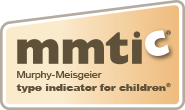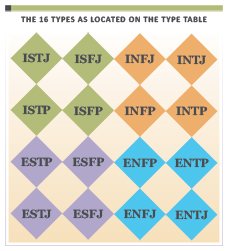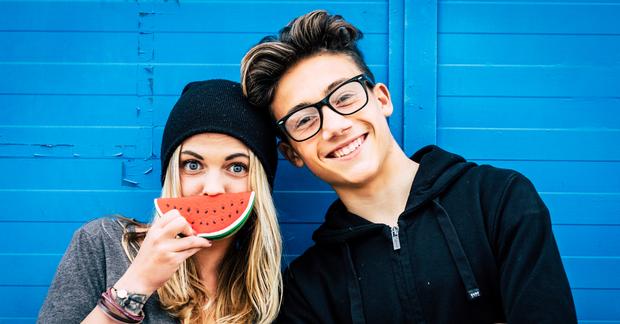How Type Can Impact Responses to Change (From the Kids)
Yvonne Nelson-Reid is a master practitioner for the Myers-Briggs Type Indicator® (MBTI®) instrument and a practitioner for the MMTIC® (Murphy-Meisgeier Type Indicator for Children®) assessment, who has been helping individuals, families, and children understand themselves better for over 25 years. In this series, From the Kids, Yvonne is dipping into her long history to share stories about the impact of type on the kids, who take the MMTIC assessment, from the perspective of the kids themselves.
Some time ago, I worked with a family that had recently made a move across country for the father's career. When they were in their new home, their two children, a 13-year-old boy and an 11-year-old girl, took the MMTIC assessment through the People Stripes website and secured a consultation with me. Both children had been struggling with the move but in very different ways and their parents wanted to gain some understanding around the deeper issues.
A move is challenging for anyone, but you can imagine how hard it is for young adolescents, especially as this happened during the global Covid-19 pandemic. Both parents preferred Intuition (N), one preference of the Perceiving pair that represents how we take in information. The possibilities that open with change are exciting for this group of people. Their son, preferred Sensing (S), the Perceiving preference opposite Intuition. With a preference for Sensing, he lives for the here and now, and finds comfort in the details, practicality, and the familiar. For him, the move brought forward fear and uncertainty. Rather than embrace the future opportunities, he catastrophized them. He and his parents had a moment of clarity and reassurance upon learning about this personality type difference. Where once their personality type differences created stress and misunderstanding, they now found validation for their experiences around the move. I still remember the smile and sense of relief the son shared upon discovering this difference between him and his parents and how the move impacted each of them.
His younger sister, however, experienced something quite different. She shared a preference for Intuition with her parents and was very excited for the new family adventure and the possibilities that lay ahead. Yet, attending a new school and eager to make new friends, something that typically comes easy for her, brought forth disappointment and frustration. Her mother shared with me that making friends had never been a problem for her daughter and that she found new experiences thrilling. So, what happened?
When I asked the daughter to tell me about her school day, the answer became clear. The sixth graders were all in masks. She was the new face in class, and no one could see her face. Her bubbly and gregarious personality was hidden behind a mask. This was a crucial detail because she has a preference for Extraversion (E) and gains energy being around others and engaging with her environment. Getting together with friends is very important to her; a way she connects and grows her relationships. Masks and social distancing made it practically impossible for her to relate to or become friends with the kids in her class, kids who knew each other prior to the pandemic. A sense of relief came over her when she realized that it was because of her current circumstances that her personality was unable to shine through, not because she was unlikeable as she feared.
Both children enjoyed learning about their personality types and felt validated in their experiences of moving to a new city. The parents were reassured that it was not necessarily the move itself causing distress, but how it was being experienced based upon personality type differences. Understanding these differences opens communication and creates a supportive environment.



_thumb.png)














x.png)
.png)
.png)